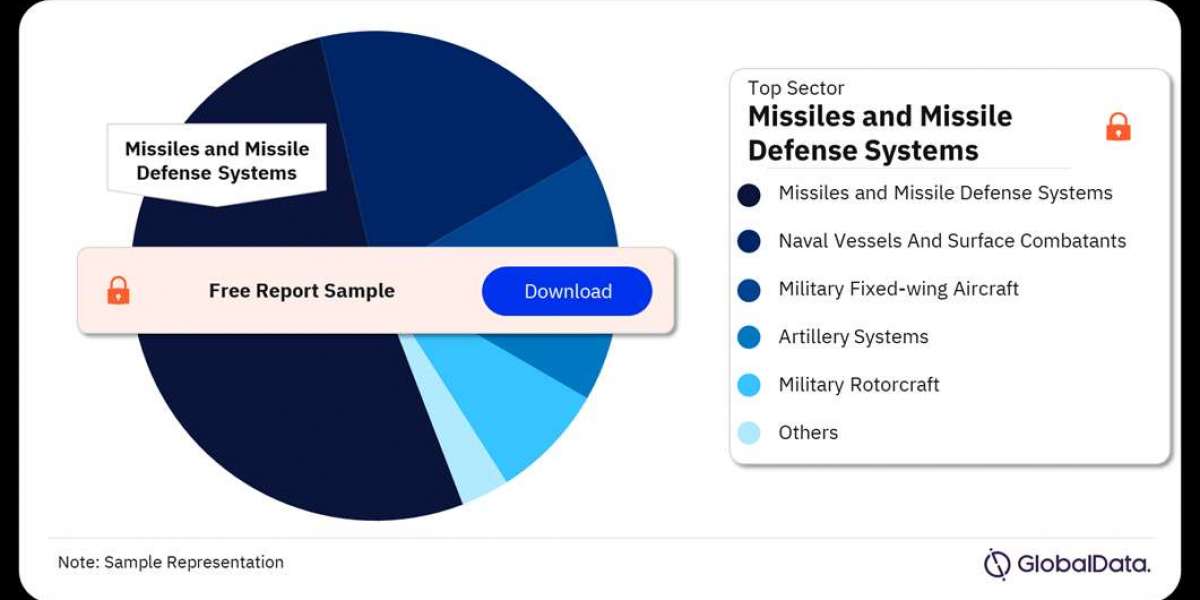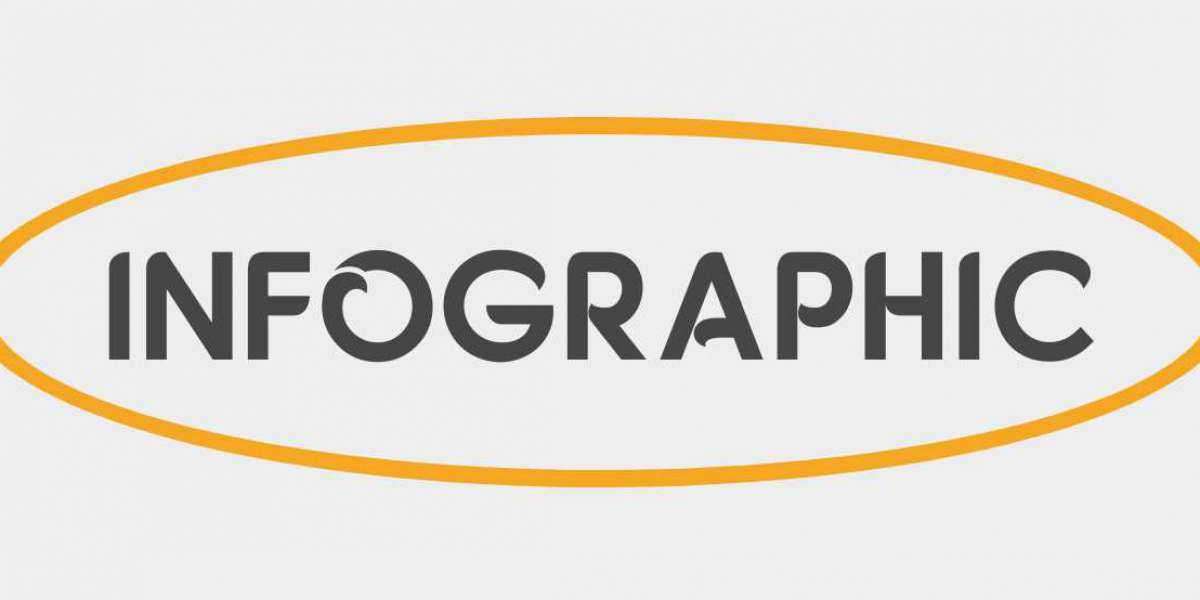South Korea’s defense sector has experienced rapid growth over the years, driven by the need to modernize military equipment, secure national security against regional threats, and sustain a competitive edge in global defense technology. As a nation sharing borders with North Korea, South Korea’s defense priorities focus on developing robust military capabilities to address both conventional and asymmetric threats.

Buy the Full Report for More Insights into the South Korea Defense Market Forecast
Key Drivers of South Korea's Defense Market Growth
1. Geopolitical Tensions in the Korean Peninsula
The ongoing tension with North Korea remains the most significant driver for South Korea’s defense market. With recurring provocations from North Korea, including missile launches and nuclear development, South Korea continues to invest heavily in its defense systems. The heightened regional uncertainty necessitates advanced defense measures such as missile defense systems, reconnaissance technology, and enhanced military readiness.
2. Modernization of Military Assets
A major focus of South Korea’s defense spending is the modernization of its military equipment. From upgrading fighter jets and naval vessels to investing in next-generation weapons systems, South Korea is committed to replacing aging platforms and expanding its defense capabilities. Key acquisitions include the purchase of advanced fighter aircraft, unmanned aerial vehicles (UAVs), and sophisticated defense electronics, ensuring the country remains technologically advanced in warfare.
3. Domestic Defense Industry Growth
South Korea has made significant progress in developing its domestic defense industry, becoming a leader in producing high-tech defense products. The South Korean government actively encourages domestic production through incentives and policies aimed at enhancing local defense manufacturers' capabilities. This has resulted in innovations in shipbuilding, aerospace, and cybersecurity sectors. Companies such as Hanwha Defense, Hyundai Rotem, and Korea Aerospace Industries (KAI) are spearheading new advancements, reducing reliance on foreign imports.
4. Defense Budget Expansion
South Korea’s defense budget continues to see significant increases year after year. The government allocated around $50 billion for defense in 2023, and this figure is expected to rise further in the coming years. A considerable portion of this budget is dedicated to research and development (R&D), which allows South Korea to innovate and keep pace with technological advancements in the defense sector globally.
Key Procurement Programs and Military Projects
1. KF-21 Boramae Fighter Jet Program
The KF-21 Boramae is South Korea’s indigenous 4.5-generation fighter jet project, representing a milestone in the nation’s aerospace capabilities. This program is aimed at reducing dependency on foreign suppliers while enhancing South Korea’s aerial combat power. With plans to produce over 100 fighter jets by the 2030s, the program exemplifies South Korea’s commitment to self-reliance in defense technology.
2. KDX-III Batch II Destroyers
The development of the KDX-III Batch II destroyers is part of South Korea’s naval expansion program. These destroyers are equipped with the latest Aegis Combat System, which provides advanced missile defense capabilities. The introduction of these vessels enhances South Korea’s ability to project power and defend its maritime borders.
3. Missile Defense Systems
In response to North Korea’s missile threat, South Korea continues to prioritize missile defense systems. The deployment of the Terminal High Altitude Area Defense (THAAD) system, in collaboration with the United States, bolsters the nation’s defensive posture. Additionally, South Korea is investing in indigenous missile defense systems, further strengthening its deterrence capabilities.
4. Unmanned Aerial Systems (UAS) Development
South Korea is heavily investing in unmanned aerial systems to enhance surveillance, reconnaissance, and combat capabilities. With growing interest in drones and other autonomous technologies, the defense sector is seeing the integration of UAVs into its broader defense strategy. These systems are critical for intelligence gathering, border patrol, and operational effectiveness.
Emerging Trends in South Korea’s Defense Market
1. Cybersecurity and Information Warfare
As global conflicts increasingly shift towards the digital domain, cybersecurity has become a crucial aspect of South Korea’s defense strategy. The rise in cyber-attacks targeting military infrastructure, government systems, and defense contractors has prompted South Korea to strengthen its cyber defense mechanisms. Investments in cyber warfare capabilities and information security are seen as pivotal in maintaining operational readiness and safeguarding critical assets.
2. Artificial Intelligence and Robotics in Defense
Artificial intelligence (AI) is playing an increasingly important role in South Korea’s defense strategy. The country is exploring AI applications in various areas, including autonomous weapons systems, predictive analytics, and military logistics. AI-driven decision-making and robotic assistance in battlefield operations are expected to enhance the South Korean military’s efficiency and response time in future conflicts.
3. Space-Based Defense Initiatives
South Korea has also turned its attention to space defense. Recognizing the strategic importance of satellite technology for communication, reconnaissance, and navigation, South Korea is investing in space programs to develop its own space-based defense assets. Partnerships with international allies further enhance these efforts, placing South Korea among the growing number of nations with active defense interests in space.








